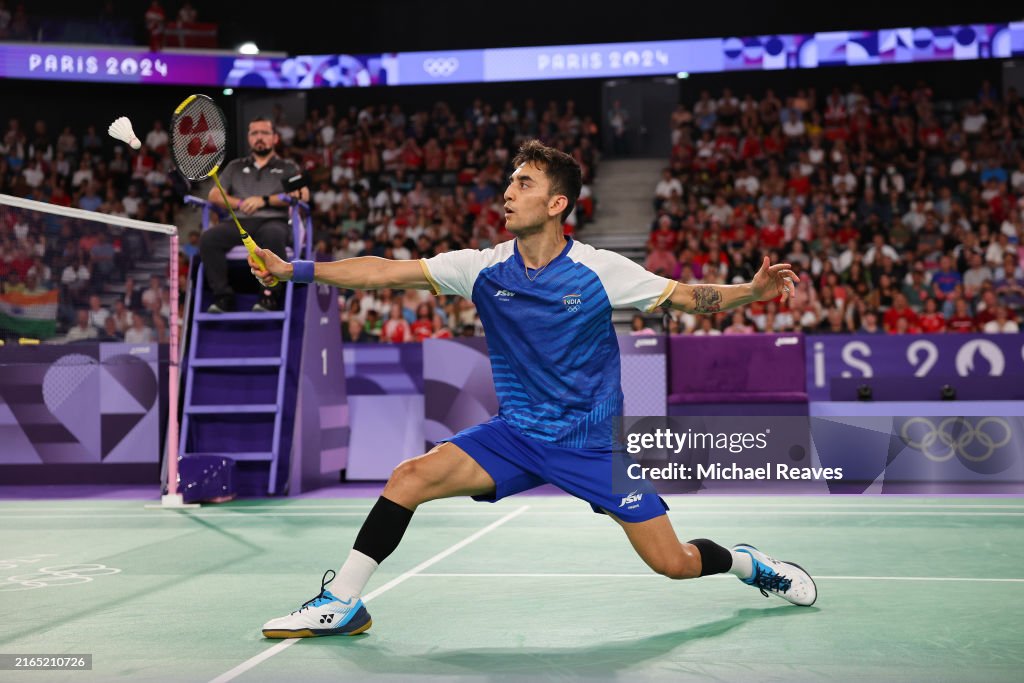In 2008, the cricketing world witnessed a revolutionary moment as the Indian Premier League (IPL) emerged, forever changing the landscape of the sport. The brainchild of the Board of Control for Cricket in India (BCCI), the IPL wasn’t just a tournament; it was a spectacle that redefined the game, blending cricketing prowess with entertainment.

Genesis of IPL:
The IPL was conceived to infuse a fresh, dynamic energy into the traditional cricket format. The franchise-based T20 tournament aimed to bring together the world’s best cricketers, transcending borders and uniting them under city-based teams. The inaugural season laid the foundation for what would become one of the most-watched and celebrated cricket leagues globally.
Format and Teams:
Eight teams, each representing a different city, competed in the first IPL season. The teams were Chennai Super Kings, Delhi Daredevils, Kings XI Punjab, Kolkata Knight Riders, Mumbai Indians, Rajasthan Royals, Royal Challengers Bangalore, and Deccan Chargers. The round-robin format followed by knockout stages brought an unprecedented level of intensity and excitement.
Star-Studded Lineups:
One of the defining features of IPL 2008 was the star-studded lineups that graced the tournament. Iconic players like Sachin Tendulkar, Rahul Dravid, Adam Gilchrist, and Shane Warne shared the field with emerging talents, creating a perfect blend of experience and youthful exuberance. The league showcased cricketing battles that transcended generational boundaries.
Underdog Triumph:
Rajasthan Royals, led by the charismatic Shane Warne, emerged as the underdog success story of IPL 2008. Despite being the least expensive team at the auction, the Royals exhibited exceptional teamwork and resilience. They went on to clinch the title, proving that in the IPL, team spirit and strategy could overcome financial disparities.
Individual Brilliance:
Amidst the team dynamics, individual brilliance shone through. Brendon McCullum’s explosive 158* for Kolkata Knight Riders in the inaugural match set the tone for the tournament, leaving fans in awe. Shaun Marsh, representing Kings XI Punjab, claimed the Orange Cap as the leading run-scorer, while Sohail Tanvir of Rajasthan Royals donned the Purple Cap as the highest wicket-taker.
Strategic Timeouts and Innovations:
IPL 2008 introduced the concept of strategic timeouts, a brief pause in the game allowing teams to regroup and strategize. This innovation added a new dimension to the cricketing experience, emphasizing the importance of tactics and planning in the fast-paced T20 format. The league’s success in incorporating entertainment elements alongside cricket set a precedent for future editions.
Global Appeal:
The IPL’s global appeal was evident from its first season. International players embraced the league, contributing to its diverse and cosmopolitan character. The presence of renowned overseas players not only elevated the competition but also attracted a global audience, expanding the reach of the IPL beyond Indian shores.
Impact on Cricketing Careers:
For many cricketers, IPL 2008 became a launching pad for international recognition. Young talents showcased their skills on a grand stage, earning the attention of national selectors. The league’s success prompted other cricket boards to explore similar franchise-based T20 tournaments, further reshaping the cricketing landscape.
Challenges and Controversies:
Despite its success, IPL 2008 faced its share of challenges and controversies. Issues such as player injuries, last-minute changes, and umpiring decisions stirred debates. However, these challenges only added to the drama and unpredictability, making each match a spectacle in its own right.
Legacy of IPL 2008:
The inaugural season of IPL laid the groundwork for a cricketing revolution. It demonstrated that cricket could be a thrilling, high-stakes entertainment product while maintaining the essence of the sport. The league’s success in its debut season set the stage for a new era in cricket, inspiring subsequent editions that continued to captivate audiences worldwide.
Conclusion:
IPL 2008 wasn’t just a cricket tournament; it was a cultural phenomenon that transcended boundaries and redefined the way we perceive the sport. The blend of cricketing excellence, star power, and entertainment proved to be a winning formula, laying the foundation for what would become the most lucrative and watched T20 league in the world. As we reminisce about the inaugural season, we recognize the impact of IPL 2008 in shaping the modern cricketing landscape and setting a standard for sporting extravaganzas globally.



